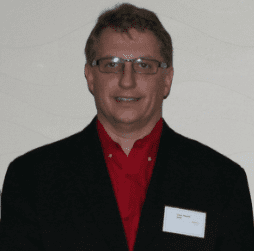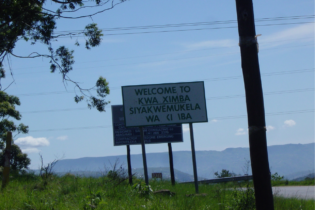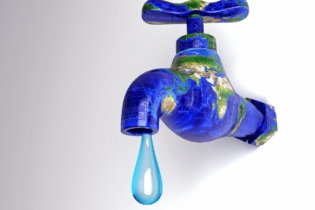Over the years, ore concentrations have decreased considerably, with many companies having to mine and process more rock for every tonne of quality ore produced.
In a number of cases, this has multiplied process water requirements to an extent that, on the back of stricter discharge legislation, low concentration miningmay be losing some of its profitability, despite higher commodity prices. Chris Howell, the global market director for mining andprimary metals at Veolia Water Solutions and Technologies, explains how better water management can help to maintain a mine’s feasibility: “Every mine would like to have a neutral water balance. In a positive water balance mine site, it may be a requirement to achieve a zero liquid discharge (ZLD), or zero liquid waste status,” he says. “For instance, process water can be treated and reused on-site, which reduces the environmental impact associated with fresh water intake. Some of the latest treatment technologies available to the market allow process water itself to be mined for valuable by-products. This allows a mine that’s primarily focused on supplying a particular mineral to expand its mineral offering and grow additional revenue streams,” says Howell.This ‘solution mining’ can produce valuable yields of salt, ammonium sulphates, hydrogen chloride, sulphuric acid, among various other by-products.
As a total water and wastewater solutions company, Veolia has experienced rapid growth in the mining market. The largest industrial project in Veolia’s 155-year history involved solution mining is apotash plant in Saskatchewan, Canada, which extracts water soluble minerals through crystallisation, resulting in a solid product that is easy to handle and sell to fertiliser manufacturers. Closer to home, Veolia Water Solutions and Technologies South Africa recently completed a large evaporation plant in Ambatovy, Madagascar, which produces ammonium sulphate left behind by the primary nickel and cobalt extraction processes, while achieving a ZLD status. Ambatovy is positioned to become the world’s biggest lateritic nickel mine by 2013/14. “We’ve seen globally that a lot of existing mining facilities have had to upgrade or make changes to their water treatment processes to comply with stricter discharge requirements. This is the right time to investigate whether advanced water treatment solutions and product recovery is indeed feasible for that particular mine,” says Howell. Greenfield projects currently have the opportunity to benefit from ZLD technology from the beginning of their lifecycles. This better optimises mine profitability, as well as better prepares a mine for eventual closure – whether 20 or 50 years from now – which can be very expensive if refinement processes leave behind a legacy of toxic tailings ponds. “Helping mines become more profitable and more environmentally sustainable falls within Veolia’s global service, value and responsibility model. As a large multinational, we will continue to develop technologies that enable further advantages, including energy savings, while reducing the risk of wasting valuable resources. Water is too valuable to only be used once,” maintains Howell.







